What coffee roasters need to know when upgrading their facilities
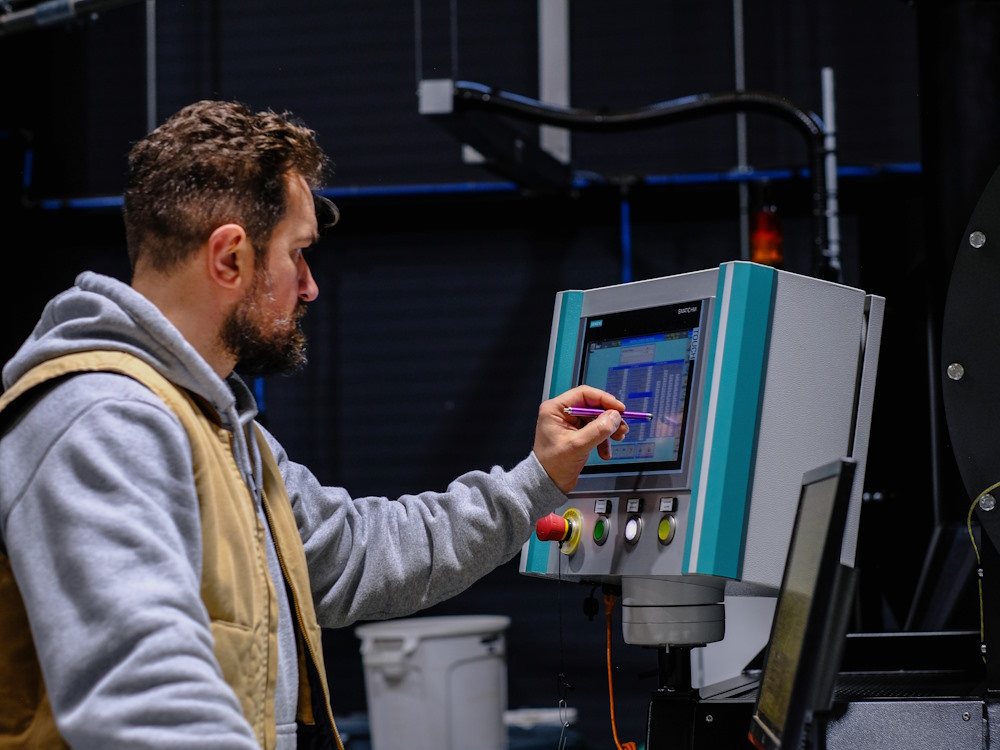
For most roasters, there will come a time when they need to upgrade their facilities. Whether it’s buying a new machine or moving into a bigger space, it can be one of the most exciting phases for any roasting business.
Putting these plans that have been worked on for months or years into action can be extremely rewarding. Simultaneously, however, it can also be one of the most stressful times for a roastery – full of headaches and surprises, not to mention potentially costly and time-consuming.
But with some careful planning and thoughtful preparation, roasters can successfully navigate the process of upgrading or expanding their facilities and operations.
To learn more, I spoke to Giorgio Mosca and Giovanni Bedeschi at IMF Roasters. Read on for more of their insight.
You may also like our article on how to know when it’s time to upgrade to a new roaster.
When is it time to upgrade your roasting facility?
Installing a new setup can be a one-time project for some roasters. However, for those looking to expand or streamline their operations, deciding to upgrade facilities and equipment can be an ongoing process.
Naturally, any new roasting business will need to install all the necessary equipment and machinery to roast, grind, package, and sell coffee. Similarly, as some roasteries expand business operations, they can often outgrow their current facilities.
For instance, if a roaster needs to invest in a machine with a larger capacity (or possibly even multiple machines), this could be an indication that they need to upgrade their facilities as a whole. This is because a bigger machine will ultimately mean the roaster needs more space to store both green and roasted coffee, and may need to hire more staff to cope with increased demand.
Scaling operations is the most common example of when a roaster will upgrade their facilities and equipment. Let’s say a micro roaster who uses a 1kg-capacity machine receives an increase in online sales. To keep up with more orders and sell fresh coffee, it’s more than likely they will need to buy a 3kg-capacity machine – otherwise coffee quality could quickly slip.
The same can happen for larger-scale roasteries, too. As sales increase, operators may need to buy bigger machines, or even invest in new equipment to load, grind, and package coffee products.
Knowing when it’s the “right” time
It’s important, however, that roasters can foresee any spikes in sales prior to when they happen, so they have the time and capital to upgrade equipment and machinery before they really need them. Working with a roaster manufacturer can help with this process.
Giorgio Mosca is a senior area sales manager at IMF Roasters – a roastery manufacturer and distributor that also assists roasters with planning and setting up new facilities.
“We focus on providing direct consultancy services with our clients to help establish their specific needs to achieve the best solution for them,” he tells me. “First and foremost, it’s important to understand how they receive and store green coffee, how they roast coffee and store it, and how they package their products.”
Taking the first steps to upgrade a roasting facility
With so many factors to account for when upgrading a roastery, it’s critical that roasters prioritise tasks as much as possible.
Generally speaking, one of the most important considerations is accounting for any space constraints with the current facility. If a roastery is unable to store all of its green coffee on site, for example, then ample storage space is essential – especially if orders are likely to keep increasing.
Another key step in the early stages of the process is considering the design and layout of the upgraded facility. By measuring new equipment and machinery before it’s installed, roasters can design a space which streamlines workflow and improves efficiency.
Mapping the “journey” of coffee through a roastery can also be a helpful way to design a more ergonomic roasting space. Some steps to consider are:
Where will you receive and store green coffee shipments?
Where will you weigh green coffee?
Do you need a destoner or colour grading machine for green coffee?
Where will you roast coffee and how will you transport green coffee to the machine?
Once roasted, how will you transport coffee to storage? And where will it be stored?
Where will you package and/or grind roasted coffee?
How and where will you organise roasted coffee products to be shipped?
Giovanni Bedeschi is a senior sales manager at IMF Roasters, and has over 26 years’ experience in the roasting industry. He tells me that asking these questions “plays a fundamental role in maximising the potential of your coffee roastery, especially the machine itself”.
Powering a roastery
One key factor that can be overlooked when installing or expanding a roasting facility is having the right power supplies – especially if a roaster is switching from a gas to electric machine, or vice versa.
“Roasters will need all the necessary utilities, such as gas lines, compressed air and water supplies, and smokestacks,” Giorgio tells me.
As part of this, roasters need to make sure they understand local regulations about gas and electricity power supplies. When they have selected the right power supply for their machine, roasters then need to confirm where they will position it within the space.
Many machines require significant power sources, so standard outlets won’t always suffice. Roasters need to make sure their facilities can meet their machine’s power requirements, and make any changes or upgrades if necessary.
Considering the size of your roaster
Arguably one of the most important points to factor in when upgrading a coffee roastery is the size of the new machine – and the capacity that works best is largely based on a business’ individual needs.
Many smaller-sized roasters start out using 1kg to 3kg-capacity machines, but if they decide to scale operations, they may need to invest in a 5kg or 15kg roaster to keep up with increased demand.
Medium-sized commercial roasters generally use between 15kg and 30kg-capacity machines, whereas larger roasteries may need to roast up to 70kg batches of coffee at a time.
Ultimately, being able to anticipate when sales might increase (and by how much) can help roasters choose a machine that best suits their needs.
“It’s important to roast batches of coffee that match demand to avoid creating waste, optimise your resources utilisation, reduce operating costs, and improve production times,” Giovanni says. “When roasters work with equipment manufacturers such as IMF, they can rely on their expertise and insight, which is especially important for customers planning to scale their businesses.
“Having extra space and additional margin creates space for new growth opportunities,” he adds.
Additionally, roasters also need to choose machines in line with their batch size requirements. For example, if they have to roast 1,000kg of coffee per week, they need to calculate how many hours it would take to fulfil orders using a 3kg-capacity machine. At the same time, roasters need to make sure they don’t exceed 75% of the machine’s capacity per batch – which helps to maintain the consistency and quality of their roast profiles.
On top of this, many equipment manufacturers also recommend a limit to how many batches businesses should roast per week, which will be different for every machine – and is another important factor to consider.
Prioritising equipment and machinery
Roasting businesses the world over rely on the same equipment and machinery – especially the roaster itself. But there is more to consider than just power supply and batch capacity.
“You need to think about how to best position your machine within your facility,” Giorgio says. “This helps to optimise energy consumption, reduce emissions, ensure safe product handling, protect people working in the roastery, and last but not least, prolong the lifespan of the machine and other equipment.”
Once a roaster has been purchased and installed, business operators can focus more on other key pieces of equipment that they want to upgrade. Every roastery will have different needs, so working closely with equipment manufacturers and distributors can be valuable.
“When designing and creating a new or updated facility, we must take into account key information about how the roaster operates,” Giovanni says. “It’s important that we can customise the experience for every client based on their business needs – even including how many origins they source from.”
Larger roasters, for example, will often install silos to store green and roasted coffee, whereas smaller-sized operations may only need to use plastic containers – so designing the space around the right kind of equipment is important.
Moreover, scaling a coffee roastery inevitably means that operators may need more grinders, destoners, and weighing or filling machines, as well as additional space for packing and shipping orders.
Installing and positioning equipment correctly
It goes without saying that roasters need to make sure their equipment is installed and fitted correctly – so relying on the expertise of equipment manufacturers is invaluable.
“Working with IMF technicians can help to avoid careless mistakes that could cause serious damage to the equipment or the facility,” Giorgio explains.
Once machinery has been installed in a coffee roastery, it’s often very time-consuming – and sometimes expensive – to rearrange or adjust equipment. With this in mind, setting up an upgraded roasting facility relies heavily on understanding how to design the space so that efficiency and workflow are prioritised.
Most roasters will want to upgrade their facilities and equipment at some point in their careers, and there are many factors to consider to do it successfully.
Working with equipment manufacturers and distributors can often be one the most effective ways to plan and design an upgraded roasting space. In doing so, roasters can better understand how to prioritise their needs as effectively as possible.
Enjoyed this? Then read our article on why roaster manufacturers need to provide global support services.
Photo credits: IMF Roasters
Perfect Daily Grind
Please note: IMF Roasters is a sponsor of Perfect Daily Grind.
Want to read more articles like this? Sign up for our newsletter!
The post What coffee roasters need to know when upgrading their facilities appeared first on Perfect Daily Grind.
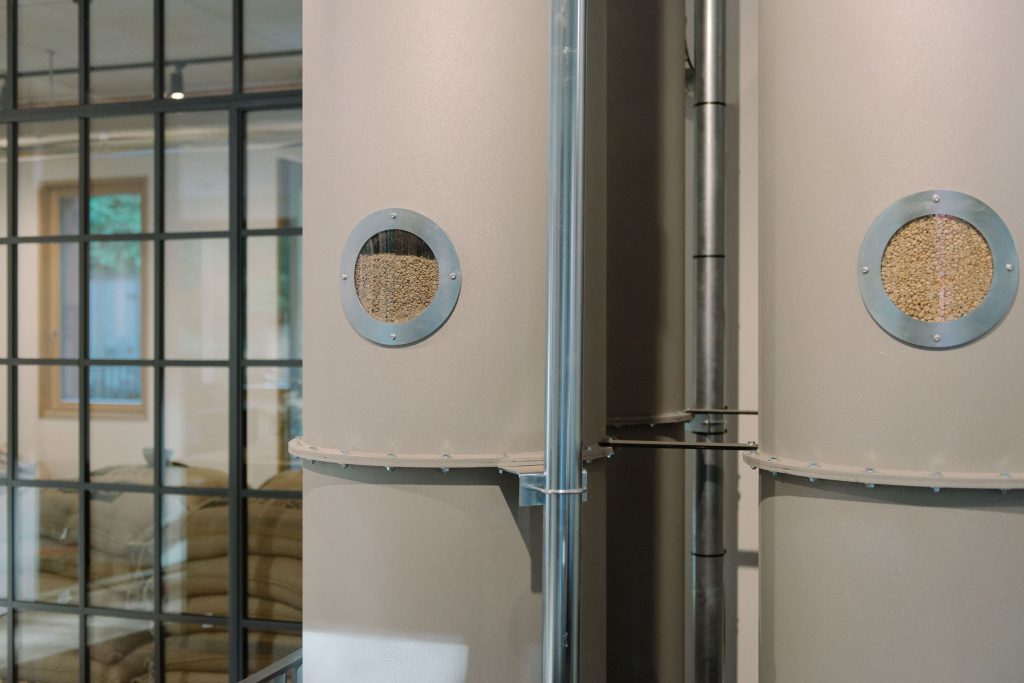
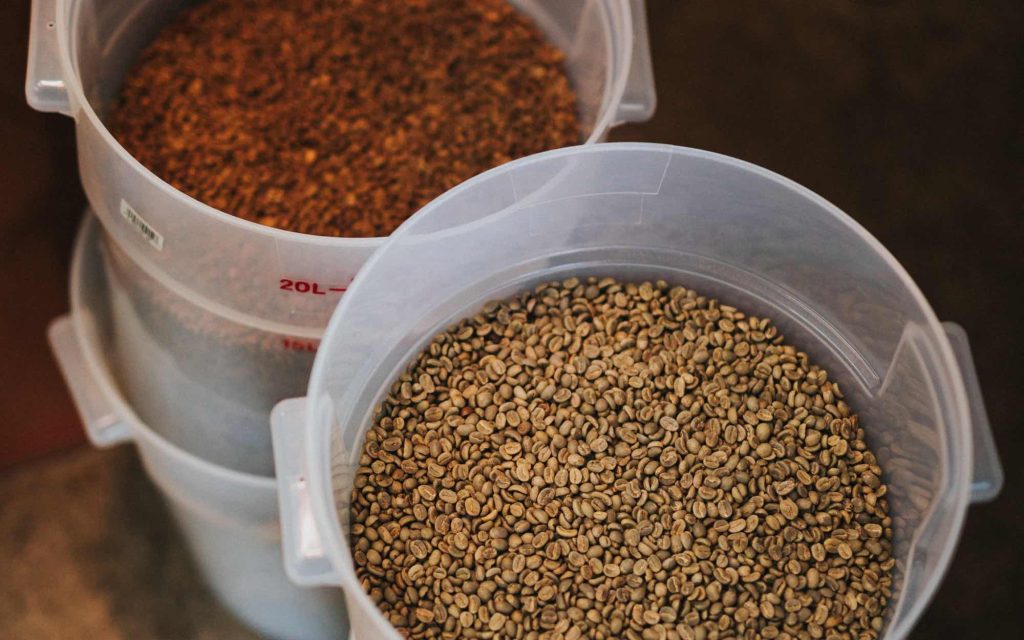
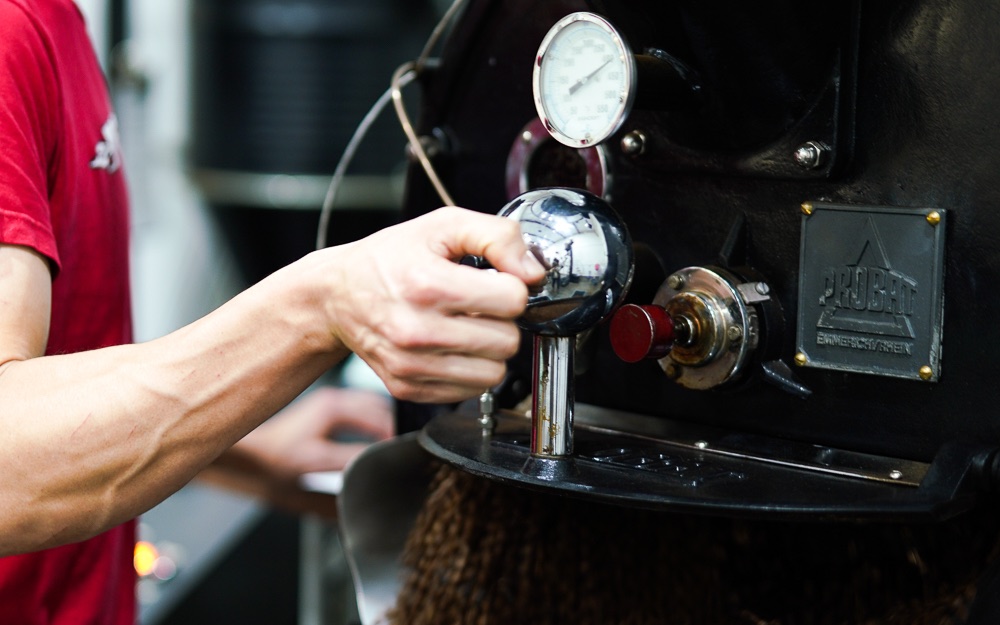
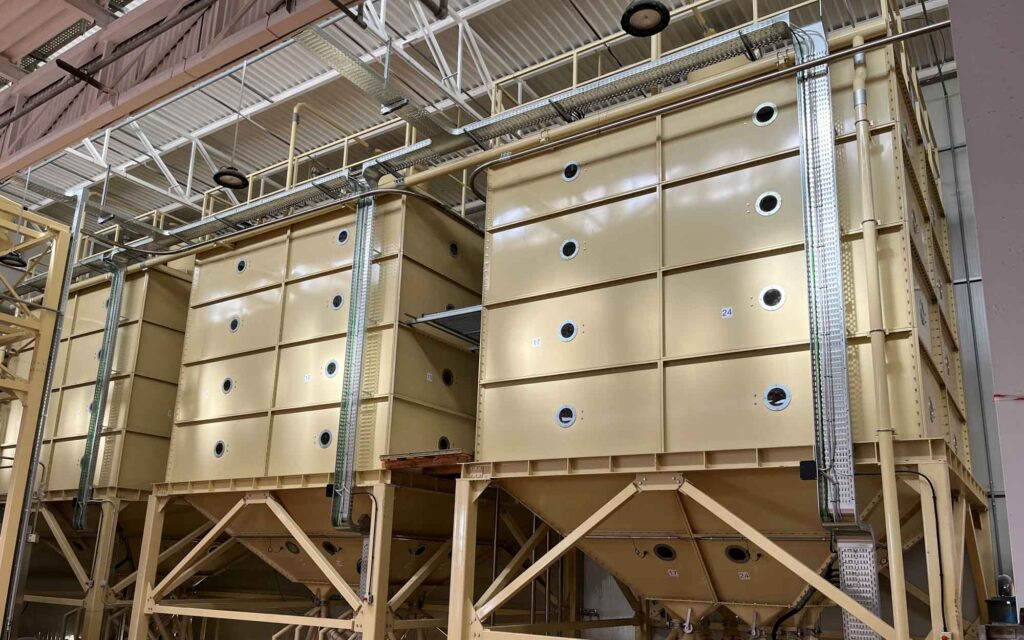
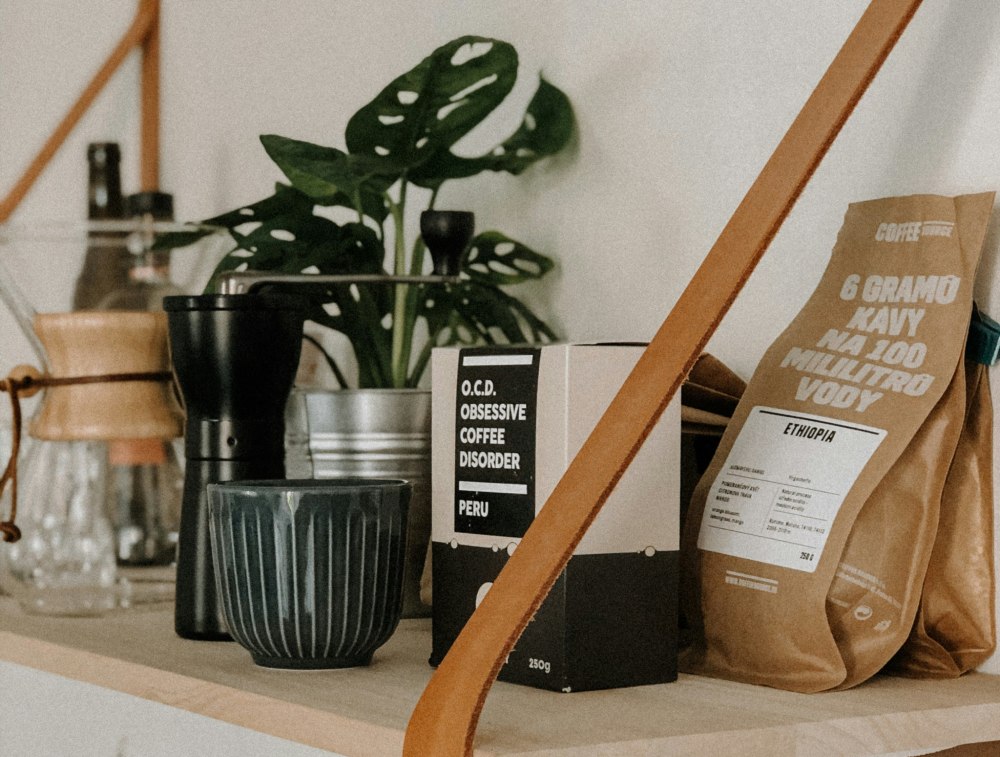
Responses